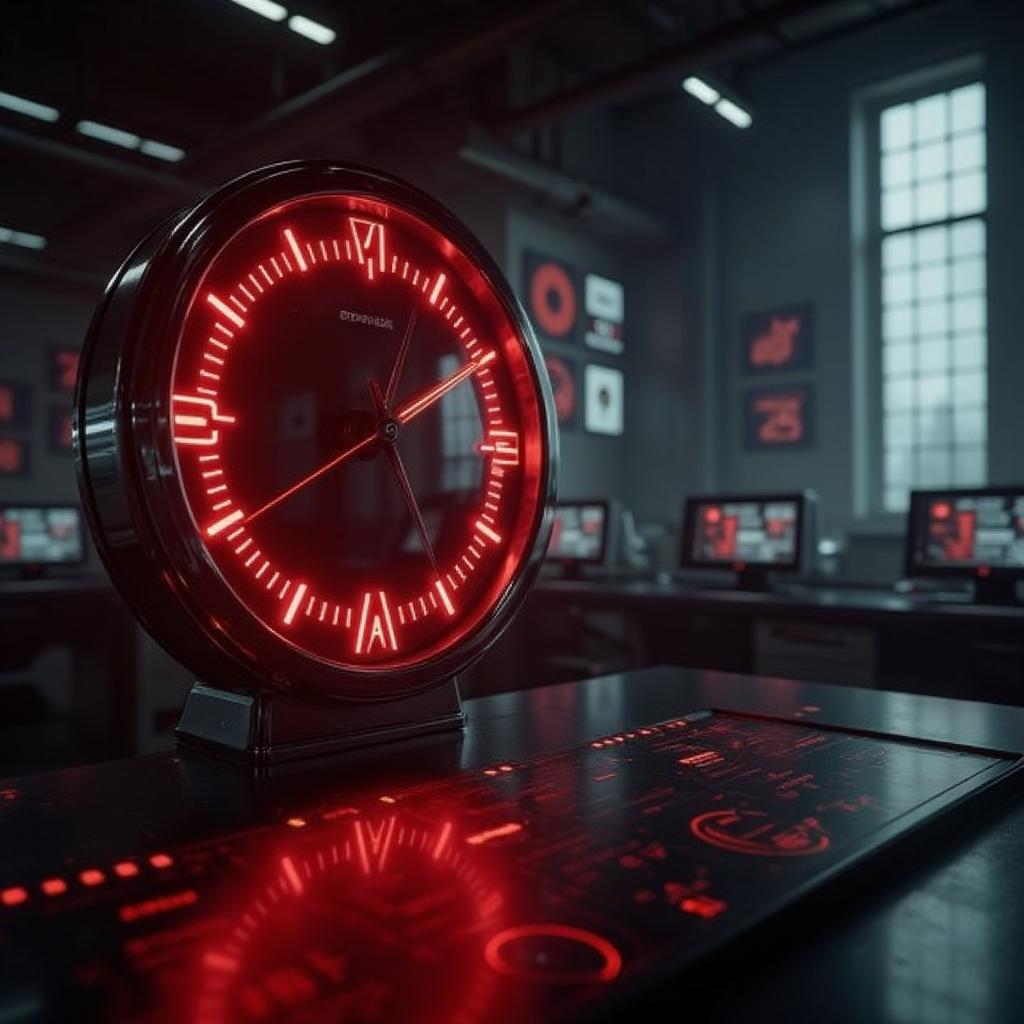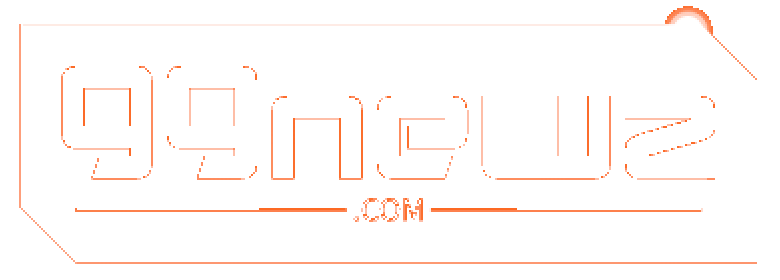
The Doomsday Clock, a symbolic measure of how close humanity is to disaster, has been set to 89 seconds to midnight for 2025. This is the closest the clock has ever been to midnight, the point representing total global catastrophe.
Created 78 years ago by scientists, the clock highlights existential threats like nuclear war, climate change, and emerging technologies. This year’s update reflects growing concerns over conflicts like Russia’s invasion of Ukraine, the Israel-Hamas war, and the worsening climate crisis.
The clock isn’t about predicting the future but sparking urgent discussions. Experts point to rising nuclear arsenals, unregulated AI advancements, and the spread of misinformation as key drivers of instability.
While some argue the clock is an imperfect metaphor, it remains a powerful tool to remind us of the fragile state of our world. Historically, bold actions—like the 1991 Strategic Arms Reduction Treaty—have pushed the clock back. Now, scientists urge similar global cooperation to address today’s challenges.
Individual actions matter, too. From reducing food waste to conserving energy, small changes can help mitigate climate impacts. The clock’s message is clear: the threats are real, but so is the power of collective effort to turn things around.
Let’s hope humanity can move the clock back—before it’s too late.
What steps will you take to make a difference?
